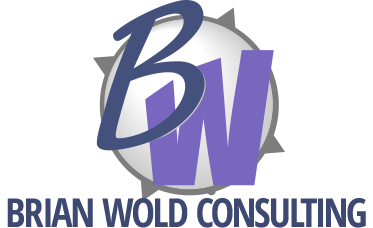By now, we all know that static Web sites are boring, right? (Right?) And that search engines prefer sites that are updated more frequently. But all those content changes don’t just write themselves. So… how do you do it? How do you get your site updated more often, and with what?
First step: take a page from the magazines, and develop a content schedule. Look at your business year, and any thing that might affect your key customers… do you have sales at particular times? Include them in your schedule. Do you go to tradeshows? Launch new services? All of these things are fodder for new or revised content on your site. Make a calendar, or include this schedule on your electronic calendar and set reminders so that the work gets done.
Second, consider the repetition paradigm that many teachers use — tell ’em what you’re going to teach, then teach it, then tell ’em what you taught, then quiz them for knowledge. For example: our sale is coming, our sale is here, our sale was awesome, here’s what people are saying about our sale. If you don’t have a lot to talk about, it’s one way to vary the messages.
Third, share the responsibility. Assign everyone in your company (or everyone in your marketing department) to write one Web site message. Be sure the writing is quality, but don’t worry too much about differences in writing style. Instead, personalize your company by personalizing the messages: “Alice, our head of marketing, writes…” or “This just in from Carlos in Manufacturing…”
Fourth, think like a PR specialist when you look for news. Beyond your regularly scheduled content, you’ll find surprising and often unexpected things are newsworthy… and therefore worthy of including on your Web site. Be careful to keep the focus on your core business, but oftentimes your customers like to know that there’s a new employee, or that Jenny had her baby, or that you’ve just picked up a new client, or that the new heating system is saving 21% in utility costs.
Finally, integrate your social media strategy. Be sure that your messages are consistent, and synchronize them (announce the surprise sale at the same time). You can include your Twitter and Facebook feeds on your Web site, or go the other direction and include your blog or article posts on social media sites… or both.
It can be hard to get the content ball rolling, but once you get a system in place, it becomes a part of the way you do business, and you’ll be better off for it.



